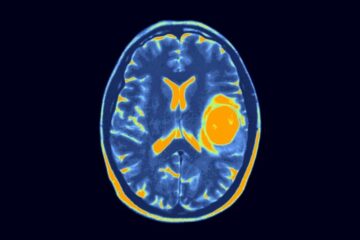Heidi Ledford in Nature:
 Every two weeks at Seattle Children’s Hospital in Washington, a five-year-old child stops by for a fresh dose of genetically engineered immune cells administered directly into the fluid around their brain.
Every two weeks at Seattle Children’s Hospital in Washington, a five-year-old child stops by for a fresh dose of genetically engineered immune cells administered directly into the fluid around their brain.
The child has been making these visits for more than three years, after they were diagnosed with a devastating form of brain and spinal cancer called diffuse midline glioma that has no known cure. But the treatment, called CAR-T-cell therapy, appears to have shrunk their tumour and kept it in check. At 70 treatments and counting, this five-year-old might have received more doses of CAR-T-cell therapy than anyone else on the planet.
His oncologist, Nicholas Vitanza, lights up whenever he talks about the results. Still, Vitanza is keenly aware that the child’s response is unusual. Although several children in Vitanza’s clinical trial might also have benefited from the CAR-T-cell regimen, most responses were not as dramatic or long-lasting as the five-year-old’s. Now, the question that keeps Vitanza and others in his field up at night is: how can they make that success less of an outlier?
More here.
Enjoying the content on 3QD? Help keep us going by donating now.
